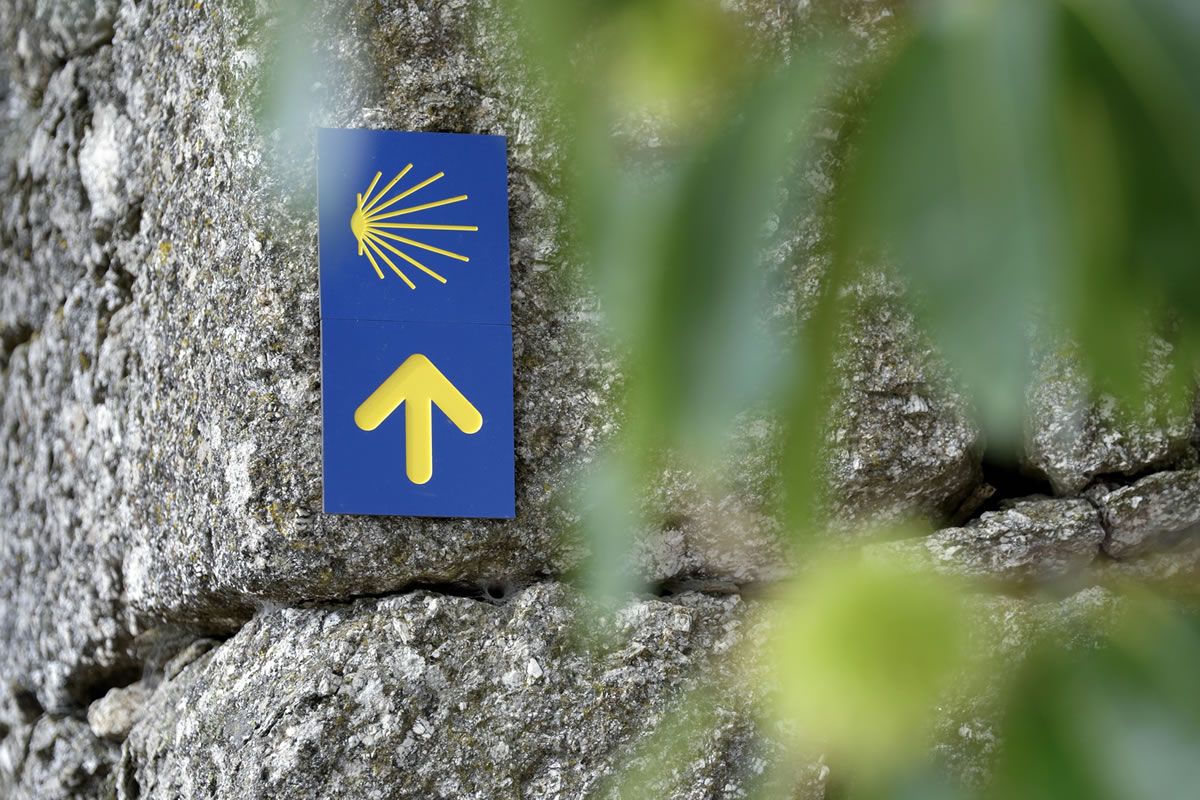Leon de Rosmithal Route to be signposted this year
The installation of standardised signage and information along the Leon de Rosmithal Route is expected to take place this year, ensuring that this route meets the same conditions as other recognised Jacobean itineraries. The topic was discussed in a meeting of the technical team responsible for the route, led by the technicians from Póvoa de Lanhoso Municipality, archaeologist Orlando Fernandes and cultural coordinator Francisco Machado.
Currently, this route does not have physical signage, requiring the use of GPS maps and digital information for navigation. Despite this, around 80 pilgrims ventured between Trás-os-Montes and Minho last year, following, in part, an old medieval route that linked these regions. At present, 45 people are walking the route, and a new group of 60 is about to set off. It is believed that this route was widely used by the populations of Minho and Trás-os-Montes in the Middle Ages, including the entourage of Leon de Rosmithal.
The effort to recover and promote the route has been driven by Póvoa de Lanhoso Municipality. The official presentation of the route and the formalisation of protocols between the 12 participating municipalities took place in March last year. The municipalities involved in this project are Póvoa de Lanhoso, Vieira do Minho, Vila Flor, Murça, Alijó, Braga, Cabeceiras de Basto, Ribeira de Pena, Vila Pouca de Aguiar, Mirandela, Torre de Moncorvo, and Freixo de Espada à Cinta.
Leon de Rosmithal (1425–1486) was a nobleman from Bohemia Central (now the Czech Republic), belonging to the influential Lev de Rozmitál family. A distinguished military figure and knight, he owned castles in Blatná and Rozmitál. Between 1465 and 1467, he travelled across Europe on a political and religious mission assigned by King George of Poděbrady. His expedition, composed of 40 trusted men and 52 horses, crossed the Douro River by ferry and reached Freixo de Espada à Cinta in early 1466.
The journey continued through Torre de Moncorvo, Alebra (Abreiro), and Villa Panca (Vila Pouca de Aguiar), crossing the Tâmega River via a stone bridge. After passing through Barcodevonde (Arco de Baúlhe) and Lanhoso (Póvoa de Lanhoso), they arrived in Braga, where this route ends. The Czech entourage then continued towards Santiago, passing through Ponte de Lima, Valença do Minho, and Tui, following what is today known as the Portuguese Central Route.
Source: PressMinho
